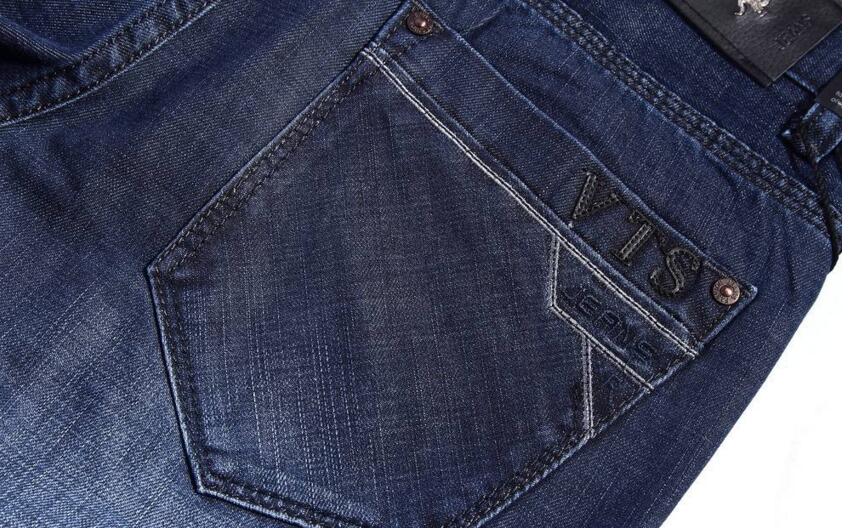原味人文风情:
In a Moment of Vision...
当灵感来临时...
It's the height of the Gold Rush, 1850s, California. A young tailor named Jacob Davis notices that his gold-mining customers are wearing through pants faster than they can patch them. In a moment of vision, Davis adds reinforcing metal rivets to his pant design, strategically placing them at points of strain, like the corners of pockets and the base of the fly.
当时是淘金热最高峰,1850 年代的加州。有一位名叫 Jacob Davis 的年轻裁缝,他注意到他那些开采金矿的顾客们把裤子穿破的速度比他们补裤子还快。灵机一动,Davis 在裤子设计中加入加强的金属铆钉,策略地将铆钉放在受拉扯的点上,象是口袋角落和拉鍊底部。
The enhanced trousers are soon in high demand. In order to take out a patent on the highly successful riveted pant, Davis needs a business partner. He approaches the supplier of his cloth, a dry goods merchant by the name of Levi Strauss. Strauss and Davis begin manufacturing pants out of denim and continue to modify the design to accommodate their customers. It is rumored that the removal of the crotch rivet was due to a complaint from the miners that squatting too near a campfire in their typical "underwear-free fashion" could be painful.
强化版的裤子很快就大受欢迎。为了取得这件极为成功的铆钉裤的专利,Davis 需要一位合伙人。他找上他的布料供应商,一位叫作 Levi Strauss 的布商。Strauss 和 Davis 开始用丹宁布制造裤子,并持续改良设计来符合客户需求。有传闻说拿掉裤裆处的铆钉是因为矿工们的抱怨,他们说以他们平常「不穿内裤的风格」,这样蹲离营火太近时会痛痛的。

Jeans continued to be modified and diversified over the years, eventually becoming an everyday fashion item for both work and play by the 1960s. Today, 96 percent of American consumers own at least one, if not many, pairs of jeans.
牛仔裤多年来不断改良并有更多样貌,最后在 1960 年代成为工作和玩乐都能穿的日常时尚单品。现在,有百分之九十六的美国消费者就算没有很多件,也至少拥有一件牛仔裤。
来源:可可英语 //m.moreplr.com/Article/201706/511427.shtml












